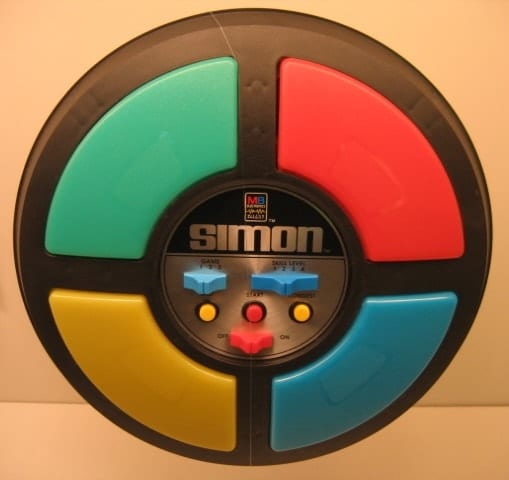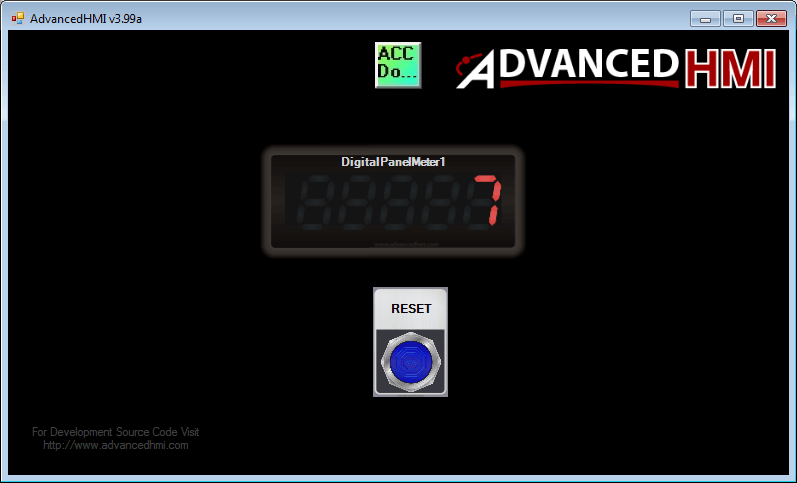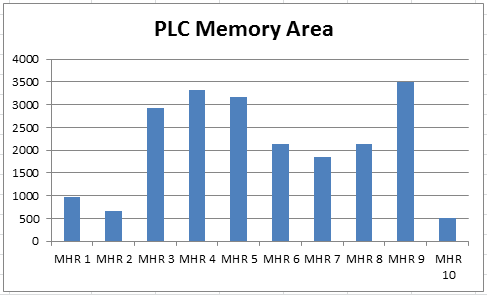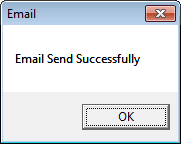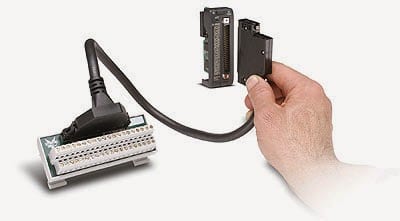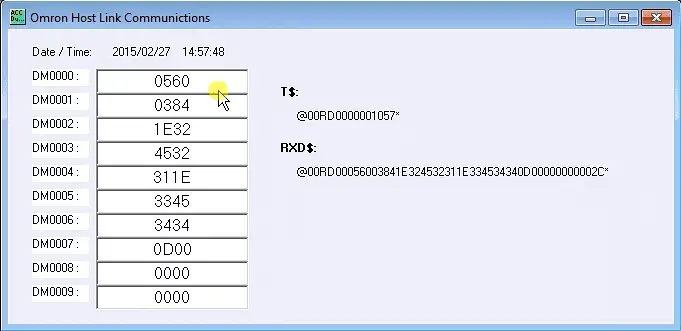Building a PLC Program – Part 5 – Simon Game
We will now look at the Game of Simon for our part 5 in this series of building a PLC program. Learning all about bit manipulation and sequencers Simon is a memory game introduced in 1978. It has four colored buttons, each producing a particular tone when it is pressed or activated by the device. … Read more

